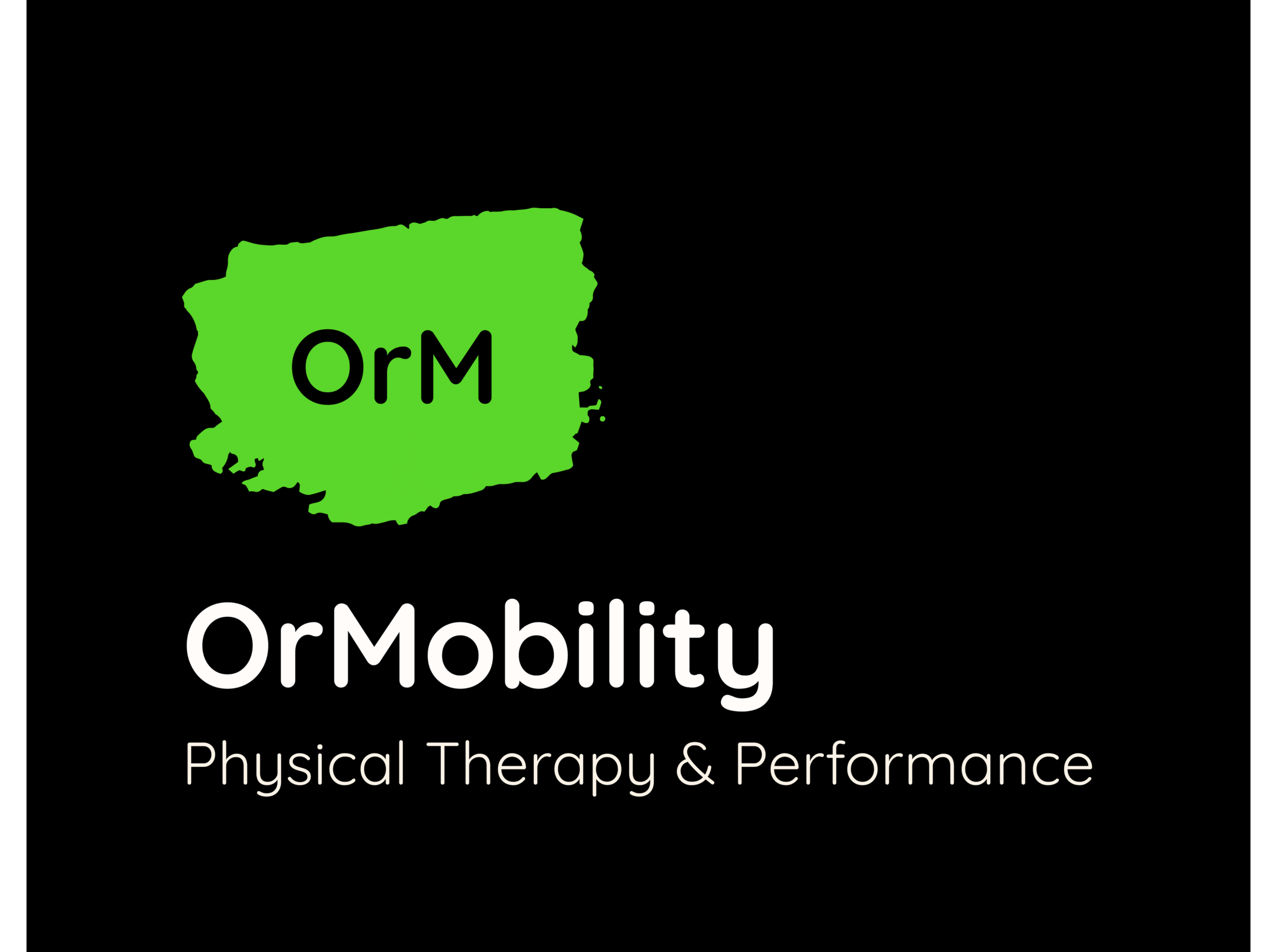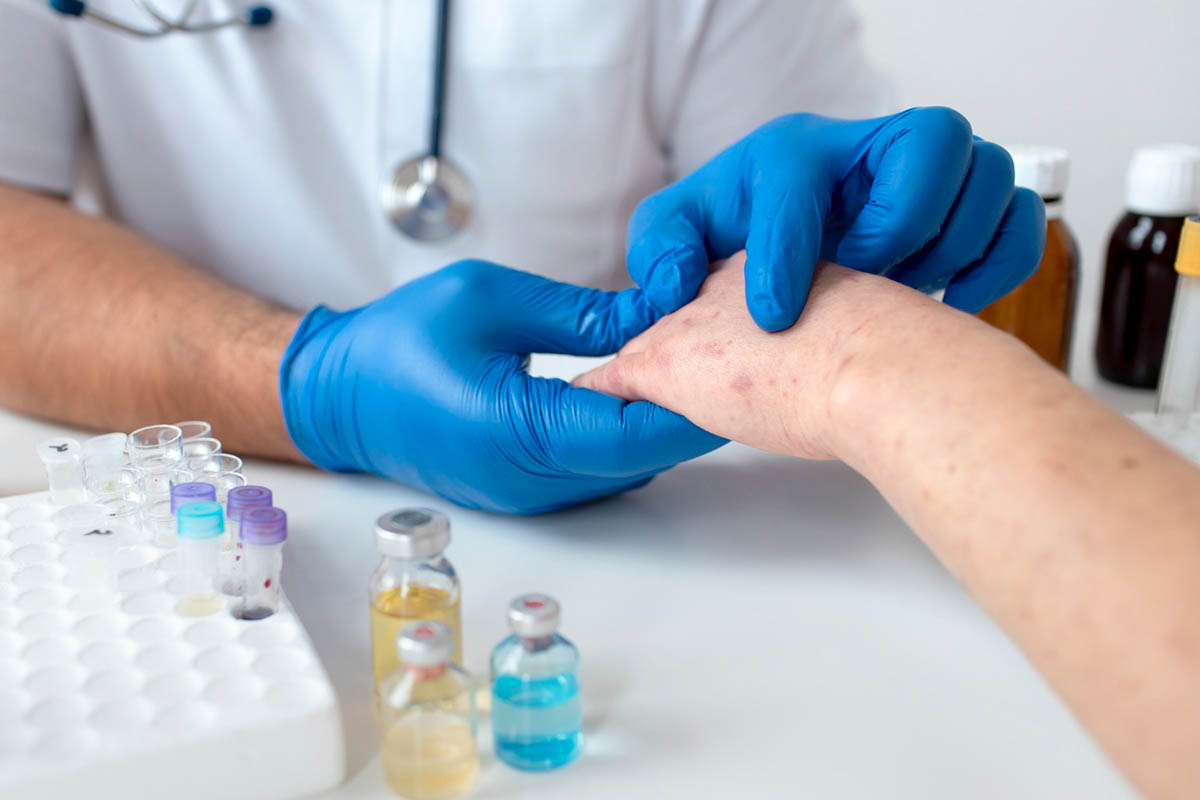Understanding the Symptoms of Infection vs. Inflammation: A Comprehensive Guide
At OrMobility Physical Therapy & Performance in Roseburg, Oregon, we are dedicated to improving our clients’ health and wellness through comprehensive nutritional, sleep, and stress coaching. Understanding the distinction between symptoms of infection and inflammation is crucial for effectively managing health and seeking appropriate treatment. In this blog post, we will explore the differences between infection and inflammation, their symptoms, and how to address them for better health outcomes.
What is Infection?
An infection occurs when harmful microorganisms such as bacteria, viruses, fungi, or parasites invade the body, multiply, and cause disease. The immune system responds to these pathogens to eliminate them and protect the body from harm.
Common Symptoms of Infection:
- Fever: A rise in body temperature is a common response to infection as the body tries to create an environment less favorable for pathogens.
- Chills and Sweats: Accompanying a fever, these symptoms help regulate body temperature.
- Fatigue and Weakness: The body uses a lot of energy to fight off infections, often leading to feelings of exhaustion.
- Localized Pain and Swelling: Depending on the infection site, you might experience pain and swelling (e.g., a sore throat in pharyngitis).
- Redness and Heat: These are classic signs of inflammation occurring due to the immune response to infection.
- Pus Formation: In bacterial infections, pus may accumulate at the infection site, indicating the body’s effort to fight off the bacteria.
- Coughing and Sneezing: Respiratory infections often lead to coughing and sneezing as the body tries to expel pathogens.
- Digestive Symptoms: Nausea, vomiting, and diarrhea can occur, especially in gastrointestinal infections.
What is Inflammation?
Inflammation is the body’s natural response to injury, infection, or harmful stimuli. It is a protective mechanism involving immune cells, blood vessels, and molecular mediators to remove the injurious stimuli and initiate healing.
Common Symptoms of Inflammation
- Redness (Erythema): Increased blood flow to the affected area causes redness.
- Heat: The inflamed area may feel warm due to increased blood flow.
- Swelling (Edema): Fluid accumulates in tissues, leading to swelling.
- Pain: Inflammatory mediators like prostaglandins sensitize nerves, causing pain.
- Loss of Function: Severe inflammation can impair the function of the affected area.
Key Differences Between Infection and Inflammation
While infection and inflammation are closely linked, they are not the same. Infection is caused by pathogens, whereas inflammation is the body’s response to various harmful stimuli, including infections.
- Cause: Infections are caused by microorganisms (bacteria, viruses, fungi, parasites). Inflammation can be triggered by infections, injuries, toxins, or autoimmune reactions.
- Symptoms: Infections typically present with systemic symptoms like fever, chills, and fatigue, alongside local symptoms like pain and pus formation. Inflammation usually involves localized redness, heat, swelling, pain, and sometimes loss of function.
- Treatment: Infections often require antimicrobial treatments (antibiotics, antivirals, antifungals). Inflammation may be treated with anti-inflammatory medications, rest, ice, compression, and elevation (RICE) for injuries, and lifestyle modifications for chronic conditions.
Managing Symptoms of Infection
Effective management of infection symptoms involves both medical treatment and supportive care:
- Antibiotics and Antivirals: Follow your healthcare provider’s prescriptions to treat bacterial or viral infections.
- Hydration: Drink plenty of fluids to stay hydrated and help your body fight the infection.
- Rest: Ensure adequate rest to allow your body to recover.
- Fever Management: Over-the-counter medications like acetaminophen or ibuprofen can help reduce fever and alleviate pain.
- Hygiene: Maintain good hygiene practices to prevent the spread of infection.
Managing Symptoms of Inflammation

Managing inflammation involves addressing the underlying cause and adopting strategies to reduce inflammatory responses:
Anti-Inflammatory Diet
- Fruits and Vegetables: Rich in antioxidants that combat inflammation.
- Omega-3 Fatty Acids: Found in fatty fish, flaxseeds, and walnuts.
- Whole Grains: Provide fiber and nutrients that reduce inflammation.
- Spices and Herbs: Turmeric, ginger, and garlic have anti-inflammatory properties.
- Limit Processed Foods: Reduce intake of sugars, refined carbs, and trans fats.
Regular Exercise
- Moderate Physical Activity: Activities like walking, cycling, and swimming can reduce inflammation.
- Strength Training: Builds muscle and supports metabolism.
Adequate Sleep
- Consistent Sleep Schedule: Aim for 7-9 hours of quality sleep each night.
- Sleep Hygiene: Create a relaxing bedtime routine and optimize your sleep environment.
Stress Management
- Mindfulness and Meditation: Practice mindfulness meditation to reduce stress and inflammation.
- Yoga and Tai Chi: Combine physical postures with breathing exercises and meditation.
Medical Interventions
- Anti-Inflammatory Medications: Nonsteroidal anti-inflammatory drugs (NSAIDs) and corticosteroids may be prescribed.
- Follow-Up Care: Regular check-ups with your healthcare provider to monitor and manage inflammation.
Avoid Environmental Triggers
- Allergens and Irritants: Identify and minimize exposure to triggers that can cause or worsen inflammation.
- Healthy Environment: Maintain a clean living space to reduce the risk of infections and inflammation.
Conclusion
Understanding the differences between the symptoms of infection and inflammation is vital for effective health management. While infections and inflammation often coexist, they require different approaches for treatment and management. By recognizing the signs and seeking appropriate care, you can address these issues promptly and improve your overall well-being.
At OrMobility Physical Therapy & Performance in Roseburg, Oregon, we are committed to helping our clients achieve optimal health through personalized nutritional, sleep, and stress coaching. If you’re looking to enhance your health and wellness, contact us today. Our team of experts is here to guide you on your journey to better health and improved quality of life.
References
- “Inflammation and Fever.” MedlinePlus. U.S. National Library of Medicine.
- “Infection Symptoms and Types.” Centers for Disease Control and Prevention.
- “Inflammation: Causes, Symptoms, and Treatments.” Harvard Health Publishing.
- “Diet and Inflammation.” The American Journal of Clinical Nutrition.
By focusing on understanding and managing the symptoms of infection and inflammation, you can take proactive steps to maintain your health and prevent complications. At OrMobility Physical Therapy & Performance, we are here to support you every step of the way. Contact us to start your journey towards better health and wellness today.


